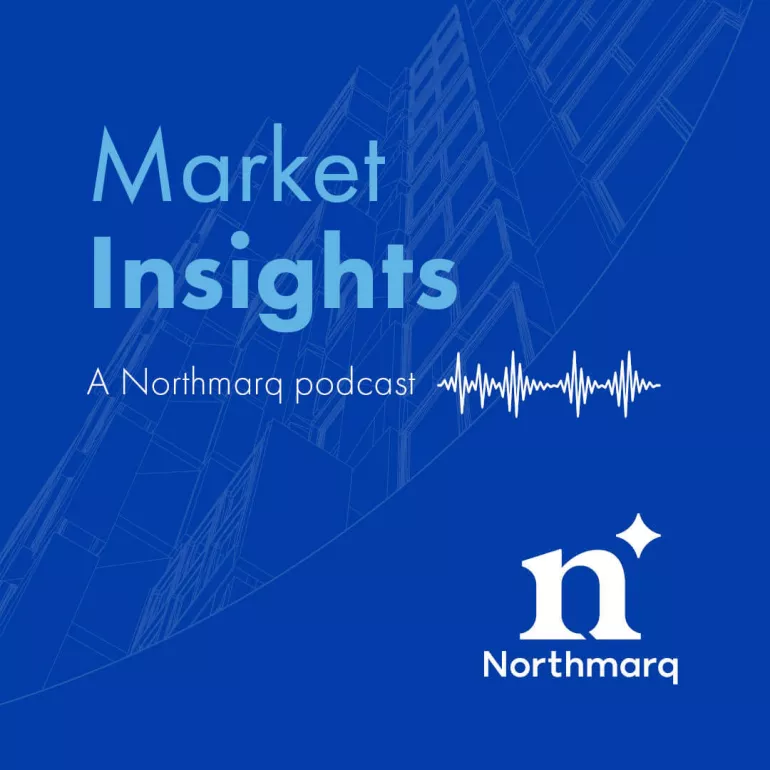Dallas-Fort Worth Leads Nation in Multifamily Investment, Thanks to a 'Perfect Storm' for Growth
While the Dallas-Fort Worth multifamily market has been scorching hot for years, 2021’s record-setting performance is simply unprecedented.
The Metroplex has led the U.S. in multifamily investment transactions for six consecutive years. However, 2021 even outperformed that feat, as the number of assets that sold and the dollar volume essentially doubled 2020 levels. There was a surge in large transactions, and pricing spiked 33 percent.
“It's very telling that Dallas-Fort Worth was the number one market in total sales volume in the entire nation, not only for multifamily but all asset classes,” notes Eric Stockley, vice president at Northmarq Multifamily in Dallas. “Roughly $47 billion in transaction volume closed -- the highest of any market ever outside of Manhattan.”
Dallas-Fort Worth, Stockley says, was once considered more of a “flyover” area, but both national and international investors are taking notice of the business-friendly environment and explosive growth.
“It really opened everybody's eyes, and they want a slice of the pie in Dallas-Fort Worth,” Stockley continues.
He says investors who traditionally were only focused on coastal gateway cities are allocating large amounts of capital to Dallas-Fort Worth. That’s not only private capital but institutional investors that are rebalancing their portfolios and decreasing allocations in office, retail and hospitality and rebuilding with multifamily and industrial -- both high-demand sectors in Dallas-Fort Worth.
Roughly 50 percent of the multifamily transactions in 2021 were by investors new to the market, notes Bobby Weinberg, Northmarq's senior vice president – Debt & Equity in Dallas.
“We had 136 transactions totaling over 35,000 units close last year out of our Dallas office. Half of those were new entrants to the market, which is eye-opening to the rest of the country and investors as a whole,” Weinberg says.
What’s driving activity? A ‘perfect storm’
Dallas-Fort Worth’s robust job growth and population expansion led to record-low apartment vacancies, record absorption, and unprecedented rent growth. Additionally, low interest rates fueled 2021 transactions.
The market added roughly 190,000 jobs in 2021 and is expected to add another 125,000-plus jobs this year.
“The business-friendly environment and affordability of Dallas-Fort Worth continue to attract employers, not to mention the talent we have with all the universities in the area,” Weinberg points out.
“Name a Fortune 500 company, and they've got a presence in the DFW,” Weinberg continues. That includes State Farm, Raytheon Technologies, American Airlines, Southwest Airlines and Charles Schwab.
“We have tech, aviation, finance and insurance jobs,” he notes.
Additionally, Dallas-Fort Worth is an “absolute hotbed” for industrial development, adds Stockley. Millions of square feet of warehouse/distribution space are under construction to meet growing e-commerce demands.
All the jobs created and the strong in-migration are fueling demand for apartments.Even before the pandemic, Dallas-Fort Worth was “capturing more than 100,000 new residents per year, on average,” according to RealPage. That rate increased even more in 2021.
Record absorption, occupancy and rents
Apartment construction in Dallas-Fort Worth has averaged around 25,000 units a year in the last four or five years. However, developers haven’t kept up with demand. Absorption doubled the number of new units delivered in 2021. Occupancy reached an all-time high of 97 percent. With nearly every submarket outperforming, landlords are pushing rents, which surged 16 percent in 2021 -- the highest in three decades.
Outlook for 2022
“We’ll continue to track rent growth, which drives values,” says Weinberg. “As long as the population growth continues and construction remains constrained, given commodity prices and the increased difficulty in getting a deal out of the ground today, I can't see many headwinds for rents.” Rent growth is projected to be around 8.5 percent in 2022.
As for future investment activity, the Federal Reserve approved a 25 basis-point rate hike, the first increasesince December 2018.
“The Feds are predicting six rate hikes this year, so we expect the SOFR -- the most common index lenders are using to price today -- to be around 1 to 1.5 percent by the end of the year,” Weinberg explains. “The deals we’re seeing, and the rent growth far exceeds that. It's still a green light for investors.”
The Fed rate hikes on the docket are something we're monitoring, agrees Stockley. “But we're off to a good start,” he says. “Our office already has about $1.5 billion through production in the first quarter, putting us on pace to exceed last year's production. There’s a lot of capital coming into Dallas.”
Insights
Research to help you make knowledgeable investment decisions
